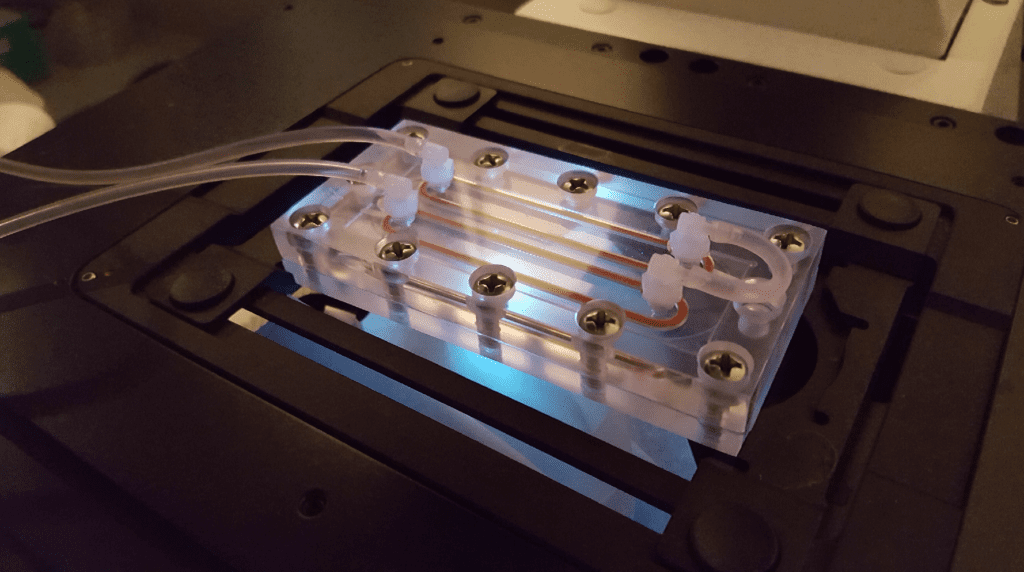Advancing Cancer Treatment: The Role of 3D Printing and Scanning Technology

Cancer treatment has made significant strides in recent years, thanks to technology advancements. One such advancement is the use of 3D printing and scanning technology. These technologies are enhancing the accuracy and effectiveness of cancer treatments. This includes photodynamic therapy (PDT) for malignant pleural mesothelioma and other cancers.
Understanding Photodynamic Therapy (PDT)
PDT is a promising treatment for mesothelioma and other cancers. It involves the use of a photosensitizing agent that is activated by light to kill cancer cells. But, delivering the right dose of light to the tumor can be challenging, especially in cases where the anatomy has been altered by surgery.
The Role of 3D Printing
3D printing has emerged as a valuable tool in cancer treatment planning. We can now create precise, patient-specific 3D models of the affected area. Doctors can understand the anatomical changes and plan the optimal treatment strategy better. In the case of mesothelioma, 3D printing can help create models of the pleural cavity, allowing for more accurate PDT dosing.
The process starts with obtaining detailed imaging, such as CT scans, of the affected area. These images are then used to create a digital 3D model, which is then printed using specialized materials. These 3D models accurately replicate the patient’s anatomy. This includes any post-surgical changes. It provides doctors with a clear view of the affected area.
By using 3D models, doctors can better visualize the tumor and surrounding tissues. This helps them to plan the PDT delivery more accurately. This precision ensures that the right amount of light is delivered to the tumor. It also maximizes treatment effectiveness while minimizing damage to surrounding healthy tissue.
Validation studies have confirmed the potential of this technology in improving cancer treatment outcomes. The use of 3D printing and scanning can also be applied to surgery planning and radiation therapy.
3D printing and scanning technology are revolutionizing cancer treatment by providing doctors with a more accurate and personalized approach. For mesothelioma, this technology offers new hope for improved treatment outcomes. As technology continues to advance, we can expect further innovations that will continue to enhance cancer treatment and improve patient outcomes.
Source:
Sourvanos, Dennis, Hongjin Sun, Timothy C. Zhu, Andreea Dimofte, Weibing Yang, Theresa M. Busch, Keith A. Cengel, Brook Byrd, Rodrigo Neiva, and Joseph P. Fiorellini. “Enhanced Photodynamic Therapy Delivery for Malignant Pleural Mesothelioma Using 3D-Printed Models and Optical Scanning Technology.” In Optical Methods for Tumor Treatment and Detection: Mechanisms and Techniques in Photodynamic Therapy XXXII, 12823:45–54. SPIE, 2024. https://doi.org/10.1117/12.3005184.





